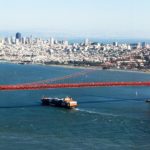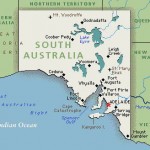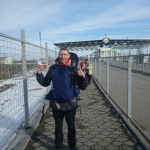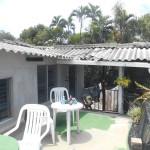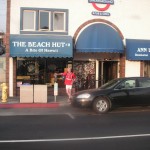Although the Concorde flew for over 25 years, today the idea of a commercial supersonic jet seems like the stuff of legend. One group says they can revive the jet, however, and bring back a faster and more luxurious era of travel. Jointly developed by French and British and released commercially in 1976, the Concorde traveled at twice the speed of sound. Today, a normal passenger route from New York to Paris takes eight hours, but the Concorde could do it in three and a half. It once even managed London to Sydney in 17 hours, including stops for refueling.
Only 20 planes were ever produced, but the Concorde looms large in the public imagination due to a tragic circumstance. On July 25, 2000, Air France Flight 4590 Concorde from Charles de Gaulle in Paris to New York crashed into a hotel in Gonesse, France, killing 113 people, including all passengers and crew and four people on the ground. The plane itself wasn’t found to be at fault: A piece of debris on the take-off runway set off a chain reaction that led to the crash. Public confidence in the plane was never quite restored. In 2003, Air France and British Airways jointly announced they would be retiring the Concorde from service, citing a now out of date analogue operating system and a drop in air travel following the September 11th terrorist attacks.
That may not be the end of the story for the Concorde, though. A group called Club Concorde is trying to get at least one plane back into service, and has recently announced that it has the funds to do so. The group, made up of former Concorde captains and frequent passengers, proposes putting one decommissioned Concorde on the Thames in London to allow residents and visitors to walk around the plane and even eat a meal on board.

The more ambitious element of the plan involves getting another Concorde sky-ready for charter flights. Securing approval would require coordinating the interests of the manufacturers, the airlines, international governments, and the airports themselves, and many are doubtful that it can be done. The Concorde’s technology is also outdated, and it has very poor gas mileage: The plane gets only 17 miles to the gallon per passenger.
Even if Club Concorde’s efforts don’t succeed in resurrecting the new plane, there’s hope for supersonic travel on the horizon. Airbus recently applied for a patent for a jet called Concorde Mark 2, which would fly at four times the speed of sound, twice as fast as the old Concorde. The proposed design would incorporate three different types of engines, including one powered by hydrogen and oxygen. The current model would only allow for 20 passengers, who would have to sit through an almost vertical takeoff. At least the potential discomfort wouldn’t last for long — the jet could make the trip from New York to London in just one hour.
It may not be long before jets like the Concorde Mark 2 become commercially feasible, and the consequences will be huge. Today, it would take a trip of at least a week or two to justify the flight time of a trip to Asia, for example. But if travellers aren’t forced to hoard vacation days, trips will become shorter and more spontaneous. Imagine being able to fly to Paris for a night, or head to Bangkok for a long weekend. Especially if flights are made available at a reasonable price point, the future of travel could be more fluid, more accessible, and more liberating.





